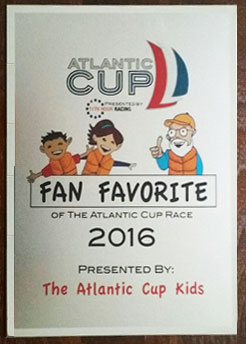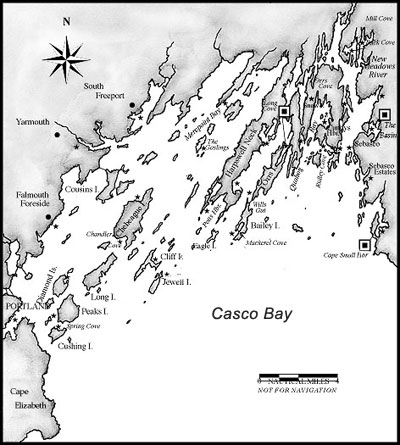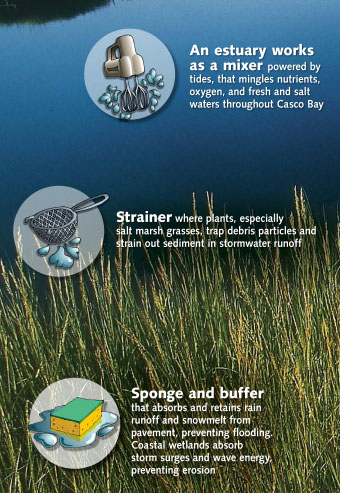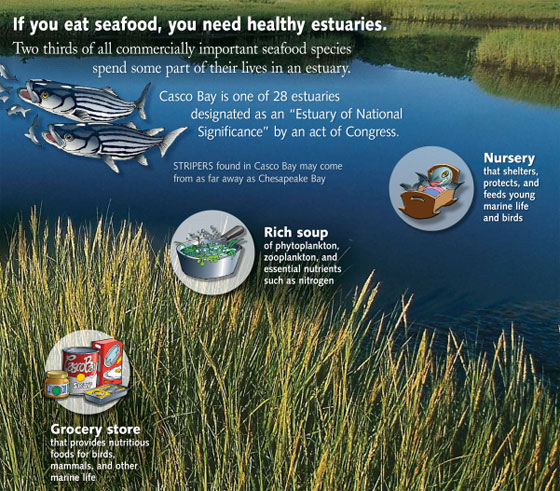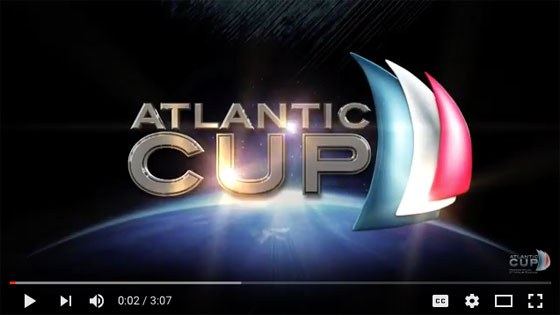There’s something magical about presenting my story to young people, stepping into the large room, setting up my equipment, rolling out my charts, and inflating the large globe showing only landmasses and water before steadying Franklin on the podium. In those few moments, the worries in my world vanish, and I take on the responsibility of inspiring the next generation.
On February 15th, The Discovery School asked me to be the Author of choice for their “Read-a-Thon” and to talk to a couple of hundred students; my first talk since Covid shut down in-person presentations. Zoom presentations were fun, but different from being there and feeling the students’ lively interest in the story.
As the students enter the gymnasium, their eyes absorb the wonders I’ve set up. A few are bold enough to ask questions, while others quietly observe me. In each student, I see myself–young, energetic, excited about new things, and full of dreams. I know the magic ingredient for all of us is “hope.” I am a dreamer, but the “hope” that dreams can come true kept me working through struggles throughout my life. Now looking beyond Franklin, the laptop and screen, and beyond the white-bearded Author, these students see “hope” somewhere on their horizon.
Leading up to the Read-a-Thon, my good friends at The Harrington Foundation donated a hundred books for the students. The chance for the students to read Spirit of a Dream and meet the Author added an exciting conclusion to the past weeks.
As I set up, Lisa, the librarian, and one of the teachers showed me three poster-size displays the students made of the ocean’s wonders. The teacher explained that they had been talking with the students during the weeks leading up to my presentation about the struggles with the ocean and Great Lakes environments. But, when they asked the students to make these boards, they asked them to put those worries behind them and draw what they felt were the wonders of the oceans. At that point, the value of “hope” became relevant to all of us. These students, looking forward to the future, see the Ocean and Great Lakes for the beautiful places they are. Their “hope” for a solution inspires me.
In the end, there were more hands up with questions than I had time to answer, and my time with the students was over. I walked away with renewed “hope” that the young generations coming forward will keep us vigilant and help us improve our world. And hopefully, one day, they will inspire their children and join them, inspired by the wonders of the Oceans and Great Lakes.
Do you know a young reader? Share your copy of Spirit of a Dream with them. I wrote it for both of you.
– Dave and Franklin

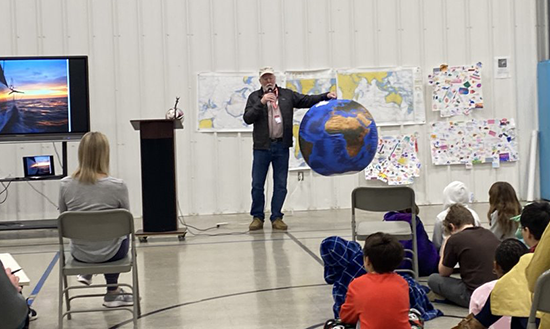
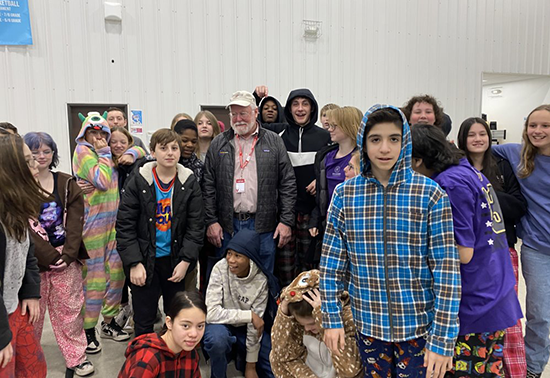

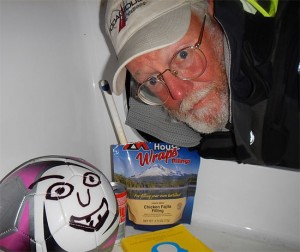

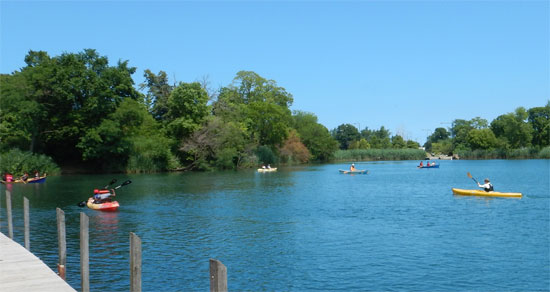
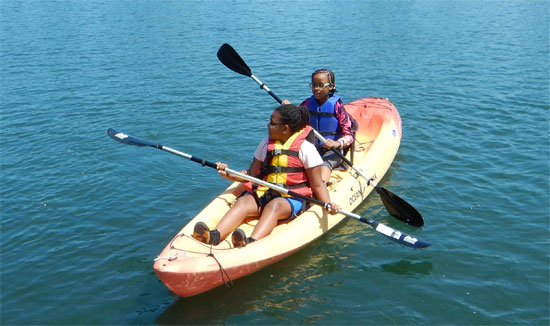
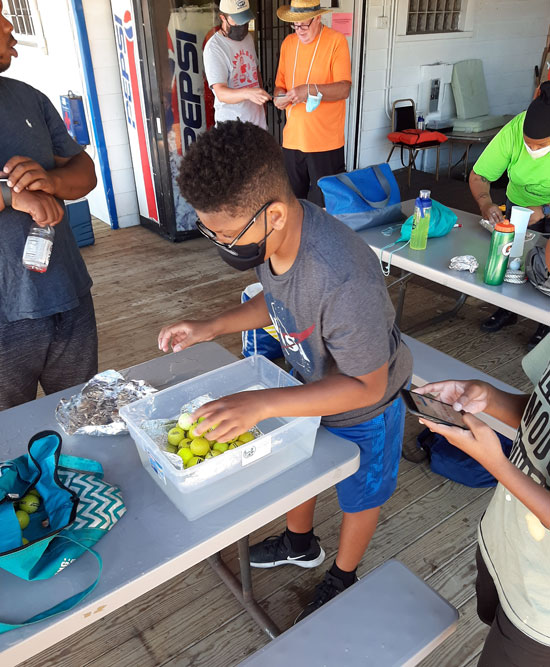
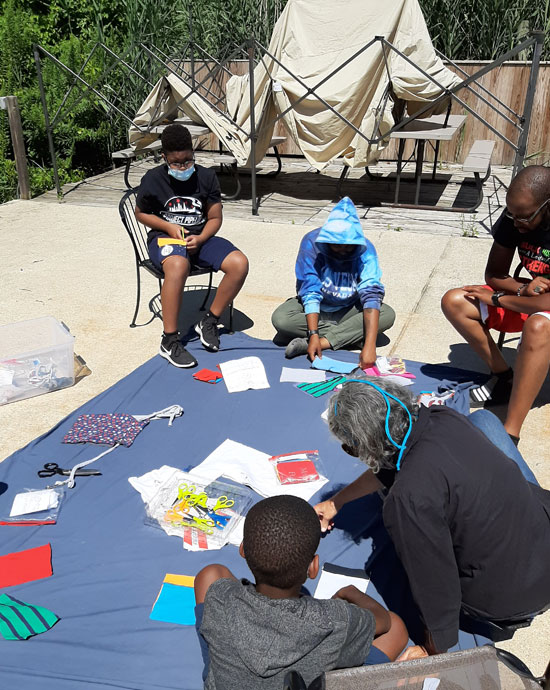

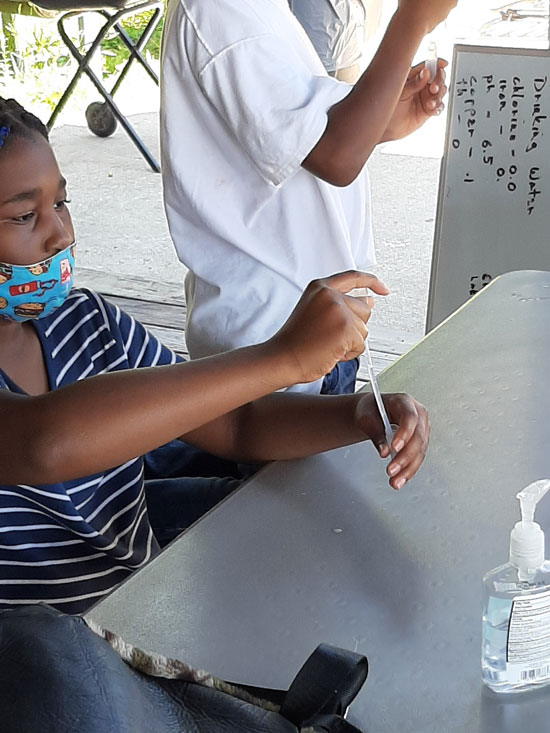
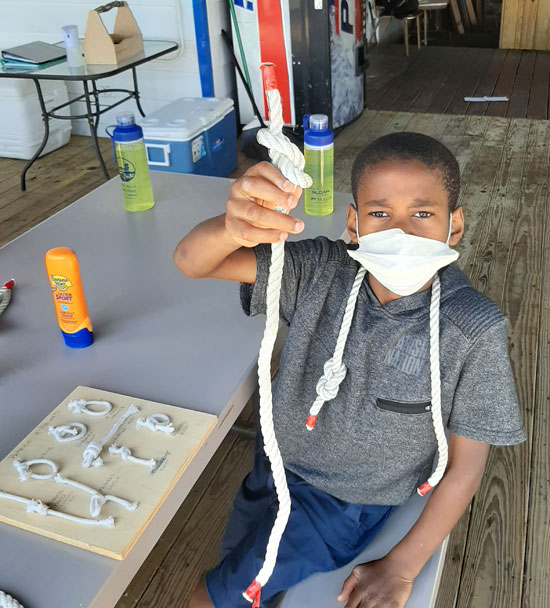
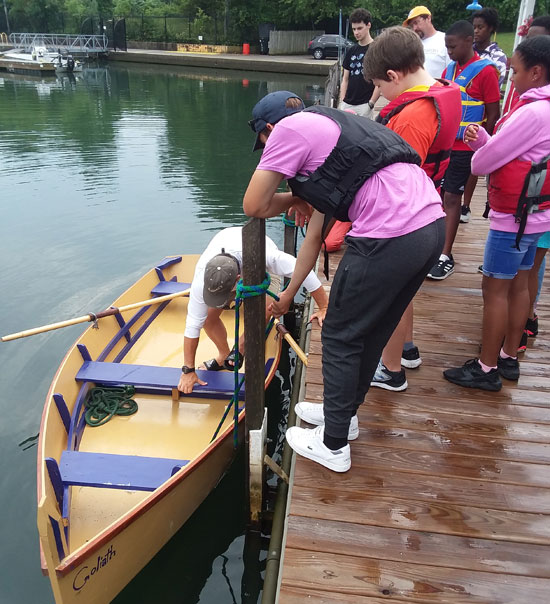


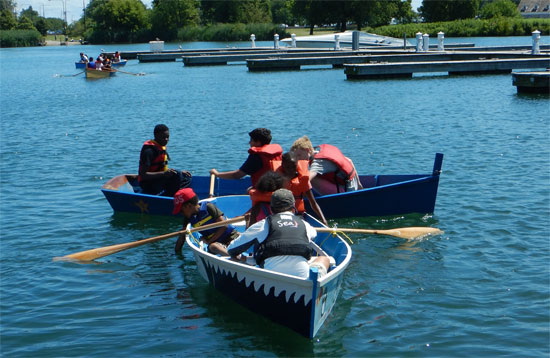

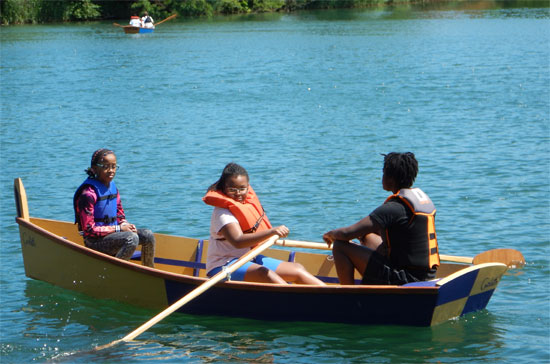
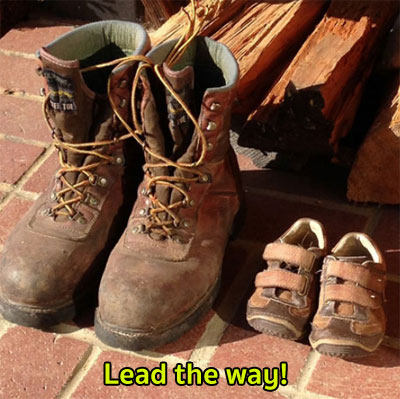
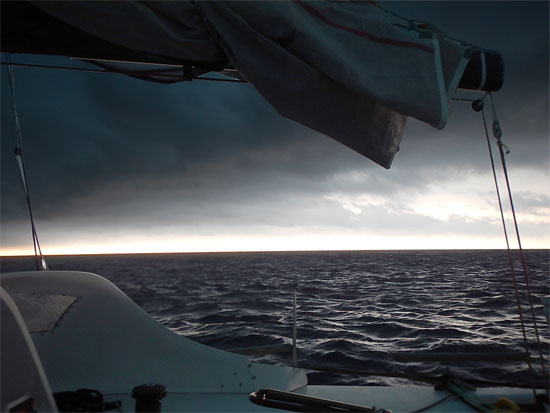
 For those who need more resources for teaching and reading, here are a couple of options. The first is to start the
For those who need more resources for teaching and reading, here are a couple of options. The first is to start the 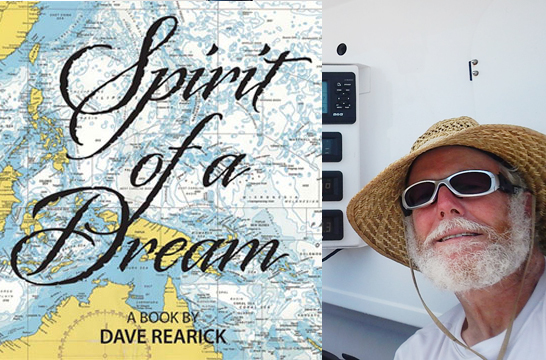

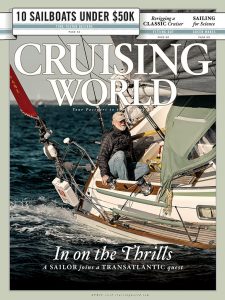
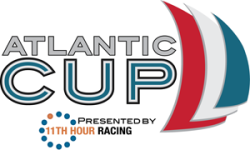
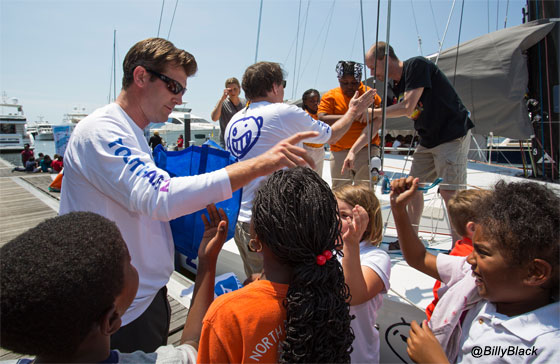
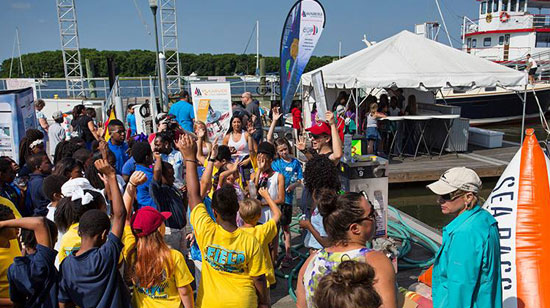

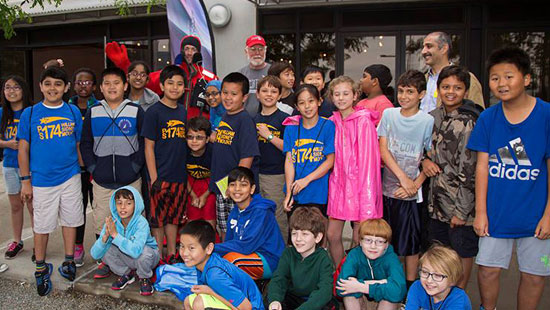

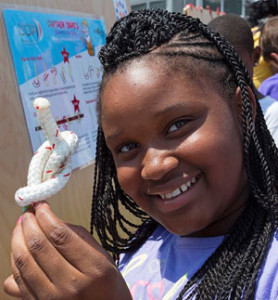
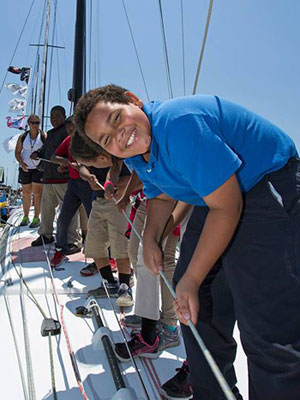


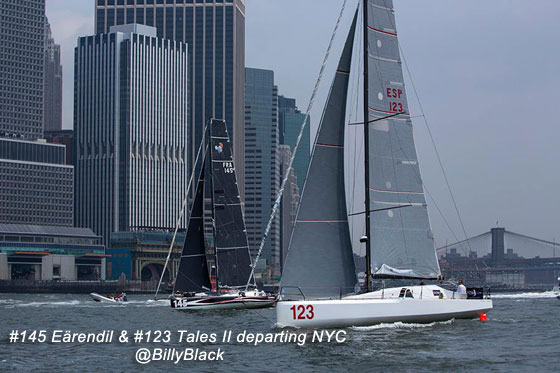

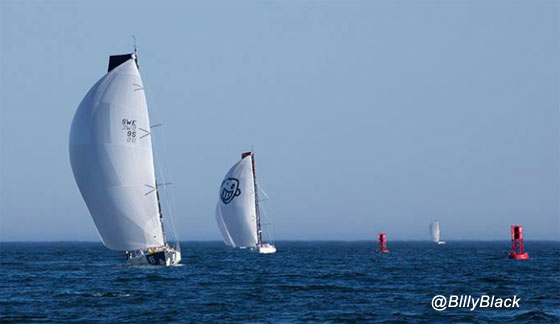
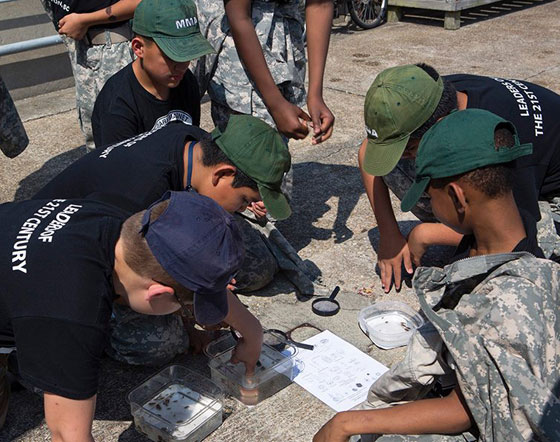

 I’ve prepared a work sheet on the Casco Bay region based on some great information from the very knowledgeable
I’ve prepared a work sheet on the Casco Bay region based on some great information from the very knowledgeable 